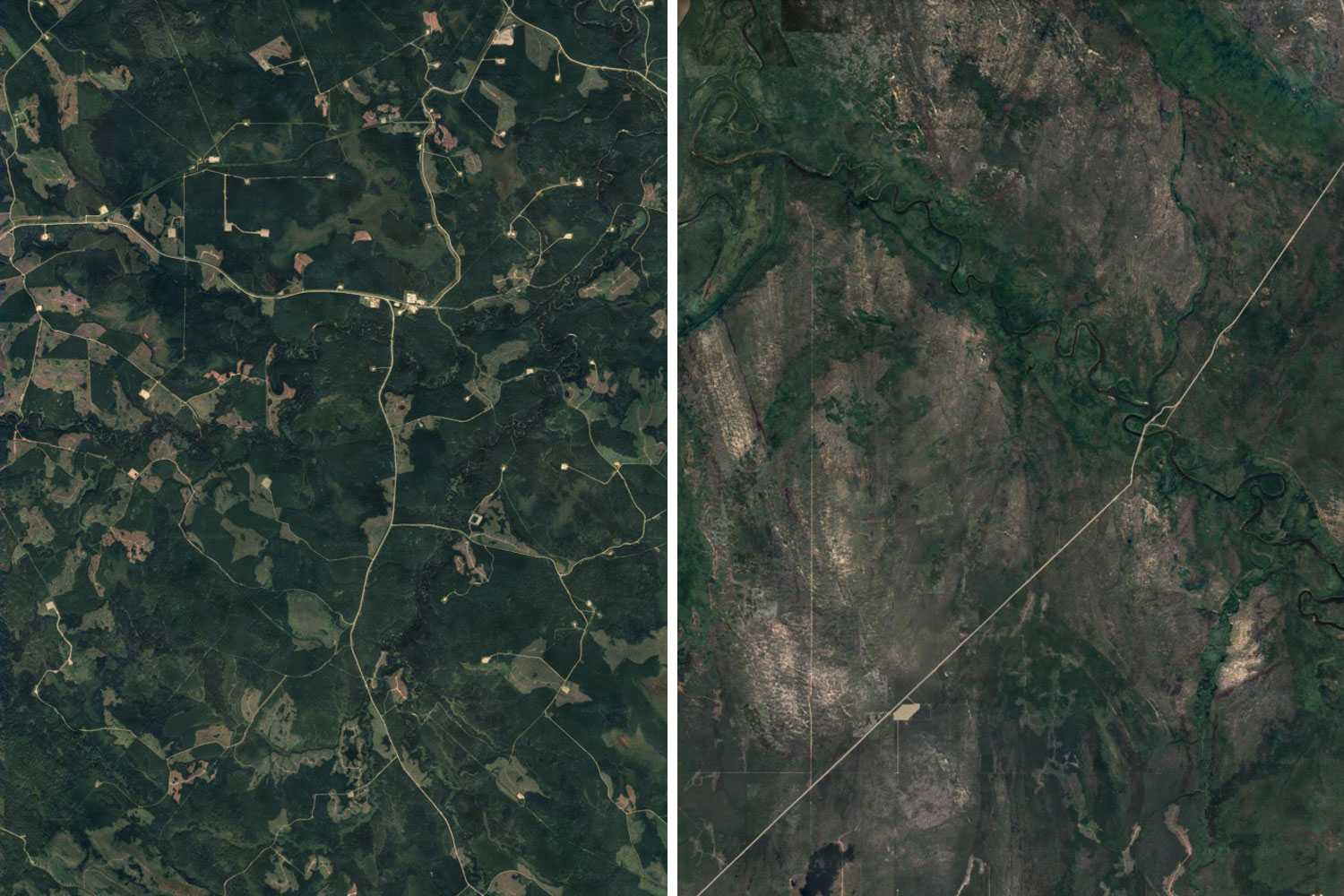
Abstract
Forest management planning and management agencies in Canada have been moving towards an ecosystem-based management (EBM) approach that honours whole ecosystem dynamics over all time and space scales. As part of this evolution, provincial, national, and international agencies have added coarse filter indicators to represent pre-industrial, or ‘natural’ range of variation (NRV) ecosystem conditions as ecologically defendable baselines. The intent was to balance the more traditional species specific (i.e., fine filter) approach to sustainability with a more holistic (i.e., coarse scale) model of ecosystem dynamics. The development and acceptance of coarse filter indicators has been neither linear nor straightforward. One of the more important assumptions inherent in an NRV strategy is that it captures relevant, meaningful patterns at the most appropriate scales in a practical way. To test this assumption, I used a spatially explicit simulation model to compare landscapes created under pre-industrial conditions with those created using four different thresholds of disturbance size commonly used today in boreal Canada. The results suggest that even a 10,000 ha upper size limit create significantly higher levels of homogeneity and fragmentation at intermediate spatial scales relative to pre-industrial landscape patterns. Towards developing a new, more robust coarse filter indicator, the net area burned at four grid sizes over 10 and 20 years was calculated for natural wildfire data from northern Saskatchewan. The results suggest that wildfire tends to cluster at all scales due largely to the influence of large infrequent wildfires. In contrast, data from two forest management areas in Alberta summarized at the same scales confirm that harvesting activity tends to spread out evenly across the landscape. Based on these findings, the NRV data was then refined to capture; 1) the percentage of grid cells where high disturbance levels occur (WHEREs – or WHERE you are) and the proportion where no disturbance occurs (WYNs – or Where You are Not). The WHERE-WYN indicator is unique in that it specifically integrates time as a dimension of landscape dynamics. It is also easily understood and calculated, corresponds directly to management activities, has NRV equivalents, and applicable to most of boreal Canada. Augmenting the current suite of coarse filter indicator with the WHERE-WYN combination addresses a critical gap in our NRV toolkit and will ultimately help create more sustainable landscapes.
Read the full paper here.
Citation
David W. Andison, A new Meso-Scale coarse-filter indicator for the Canadian boreal forest,
Forest Ecology and Management, Volume 553, 2024. https://doi.org/10.1016/j.foreco.2023.121624.






